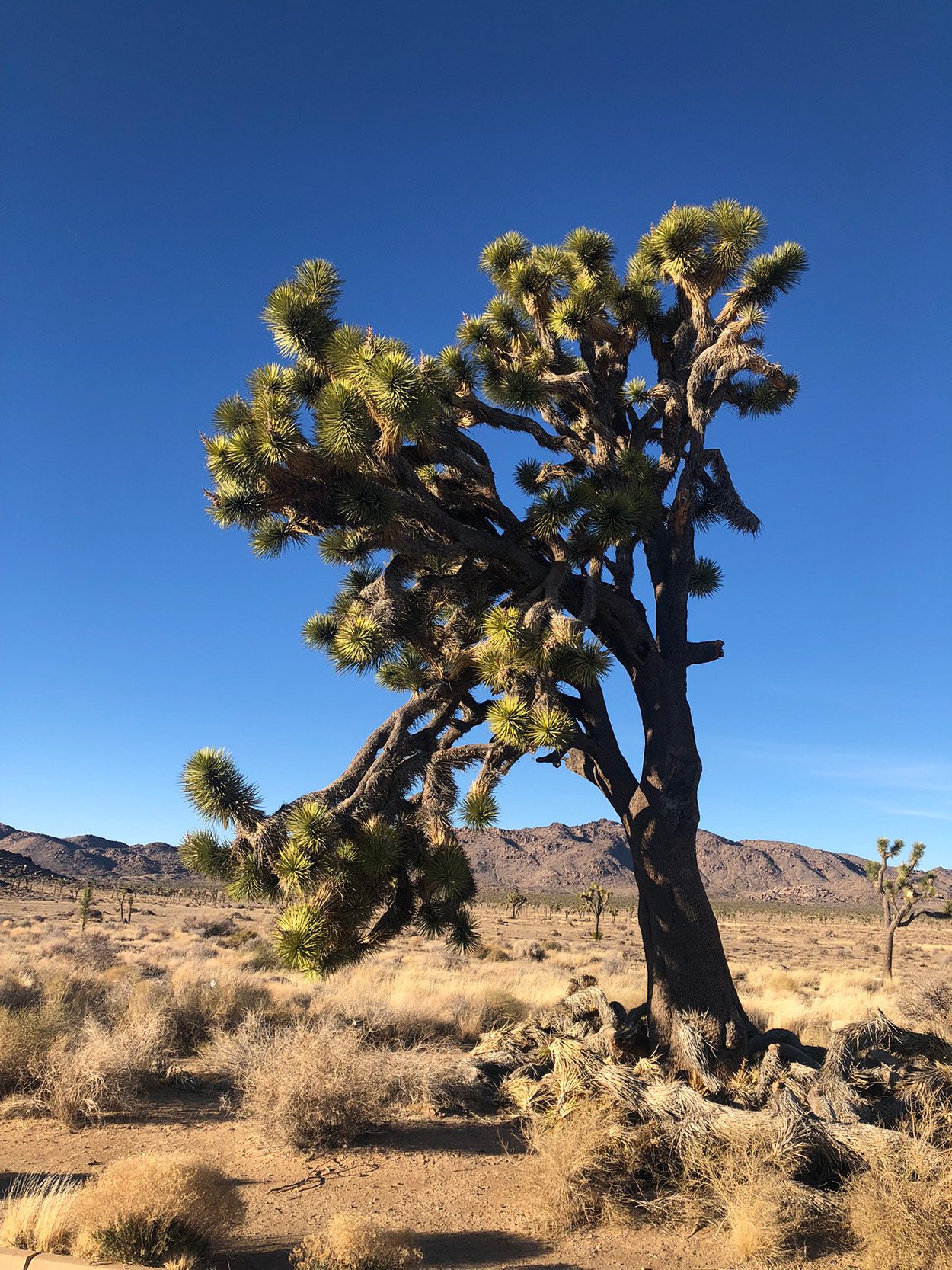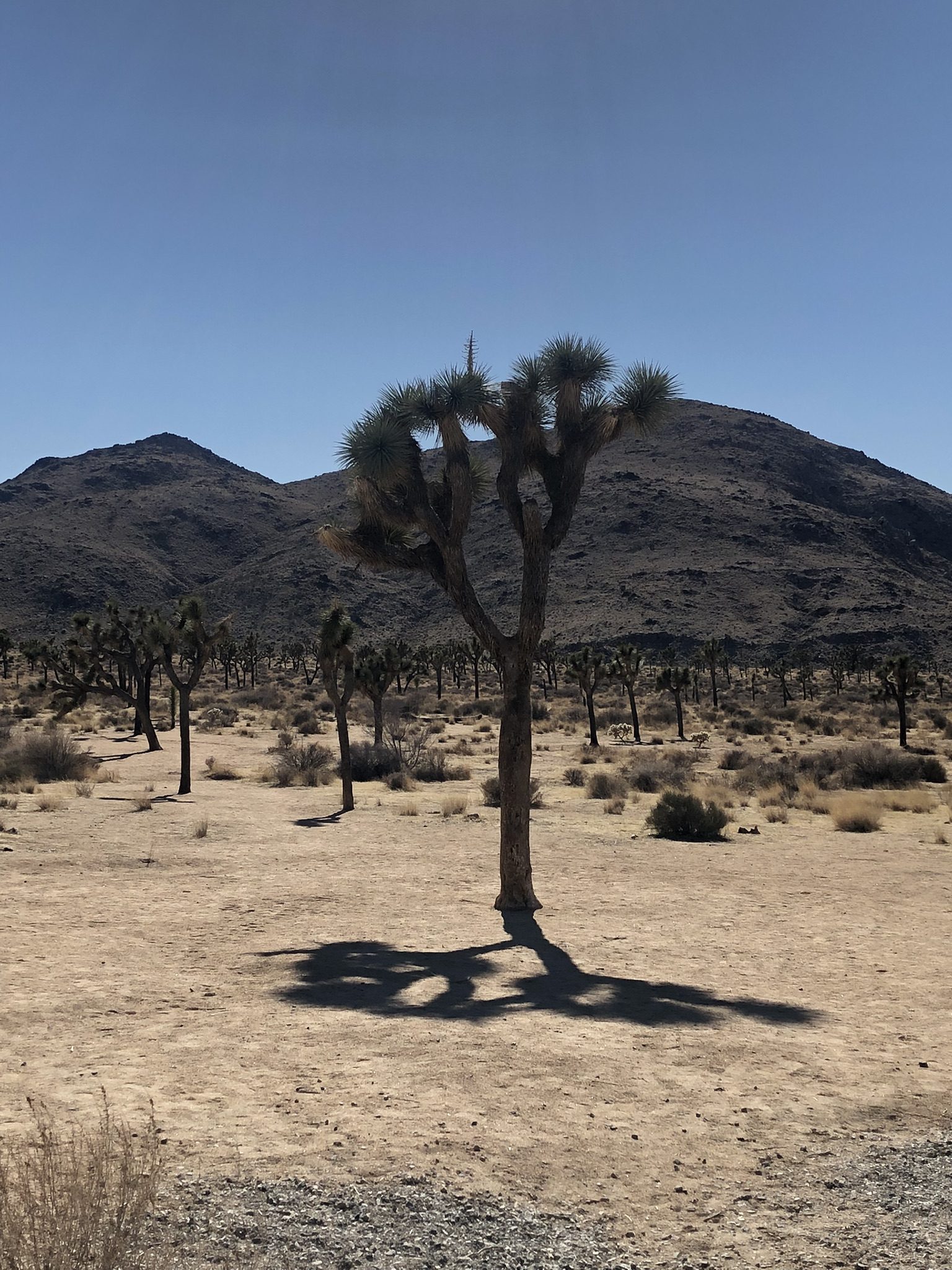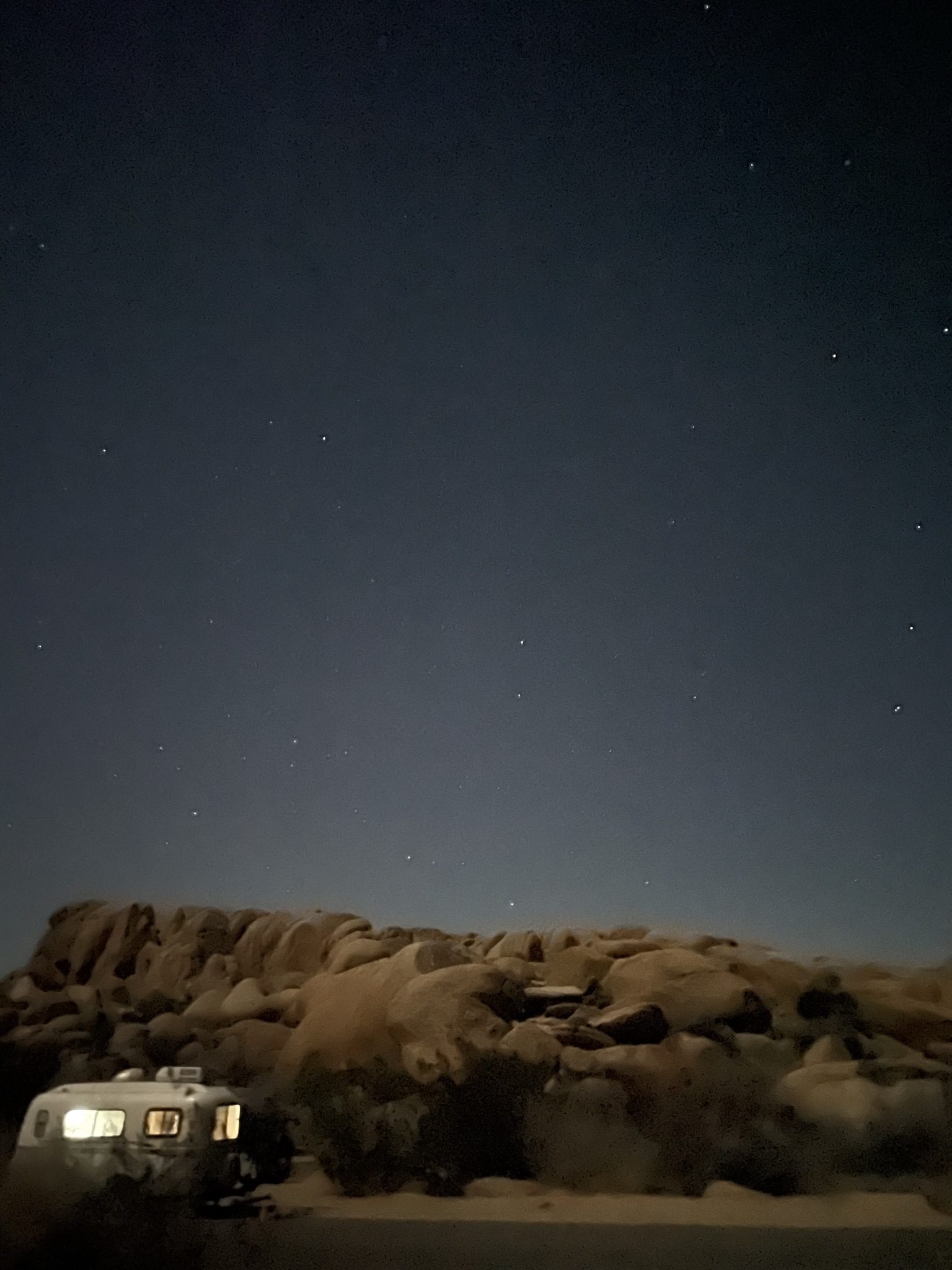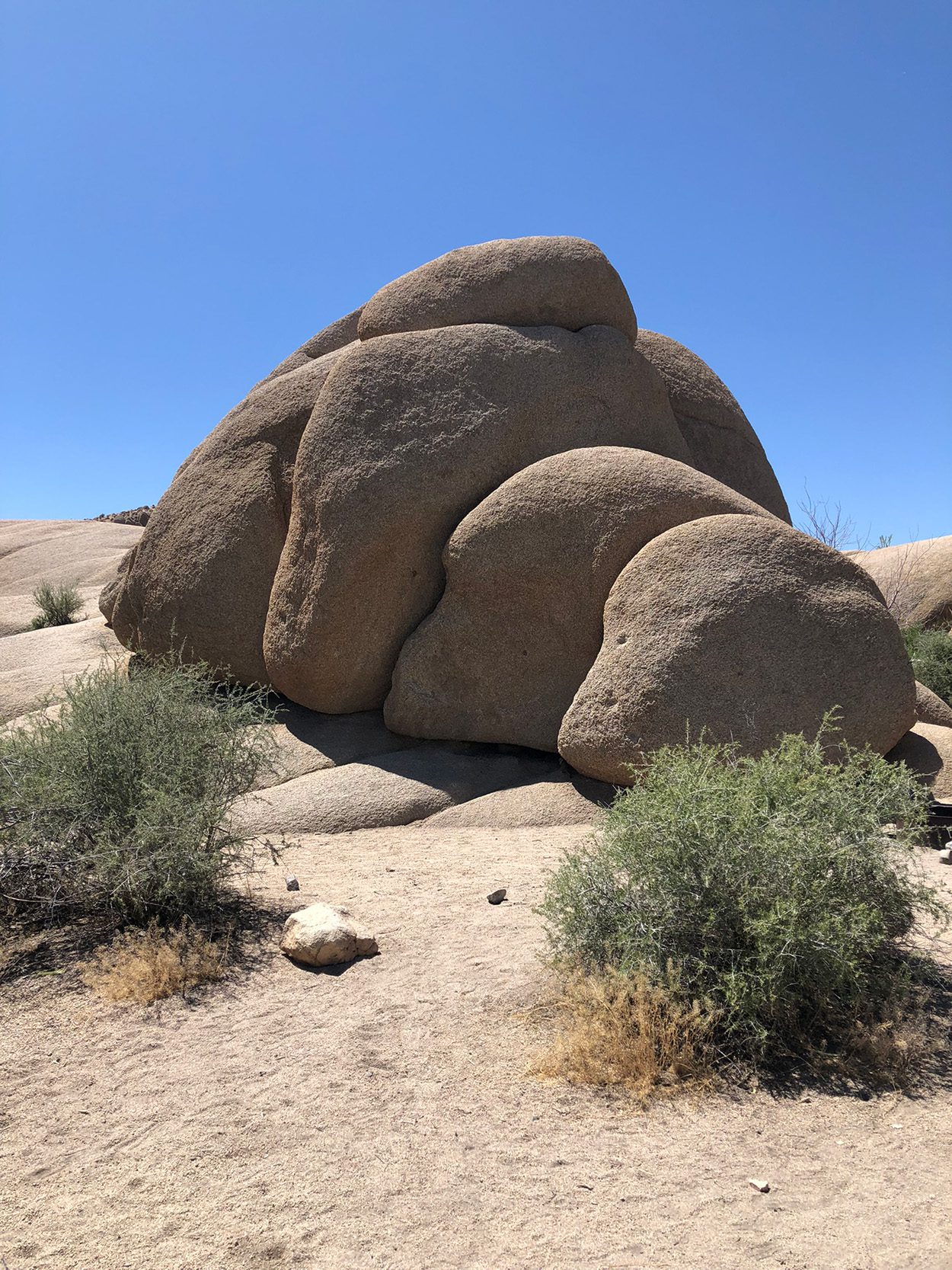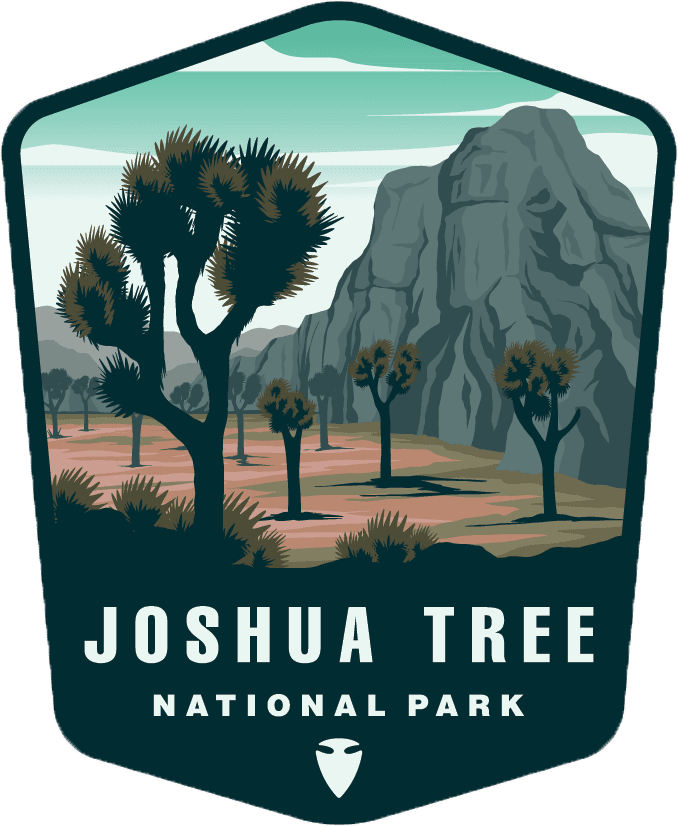
Joshua Tree National Park
Joshua Tree National Park, situated in southeastern California at the convergence of the Mojave and Colorado Deserts, captivates visitors with its surreal desert landscapes characterized by iconic Joshua trees, towering rock formations, and endless opportunities for outdoor adventure.
This 794,000-acre park is a haven for rock climbers, hikers, and stargazers, offering a unique blend of rugged terrain, striking geological features, and pristine night skies. Home to a diverse desert ecosystem with resident wildlife and adapted plant life, Joshua Tree National Park provides a mesmerizing and tranquil desert experience, making it a must-visit destination for those seeking natural wonder and exploration.
Park Information
Location: California
Park Size: 789,866 acres
Time Needed: Highlights in 1 day, or best explored in 2-3 days
Best Season: spring or fall
Must Do: Arch rock nature trail and cholla cactus
Lodging: camp at white tank or jumbo rocks campground
Travel: Drive from palm springs or los angeles is fastest option
Top Campsites: Jumbo Rocks Campground
Pro Tips: The Trails vary from difficulty. The heat is the big factor while hiking.
Visitor Centers
Joshua Tree National Park has several visitor centers that serve as essential hubs for orientation, information, and resources. The Joshua Tree Visitor Center, located in the town of Joshua Tree, is one of the most popular starting points for park visitors. It provides detailed maps, exhibits about the park’s unique desert ecosystem, and information on current conditions. Rangers are on hand to answer questions and offer recommendations for hiking trails, camping, and scenic drives. The center also features a gift shop with souvenirs, books, and guides, making it an ideal stop to prepare for your adventure in the park.
Plan Your Joshua Tree Adventure Today!
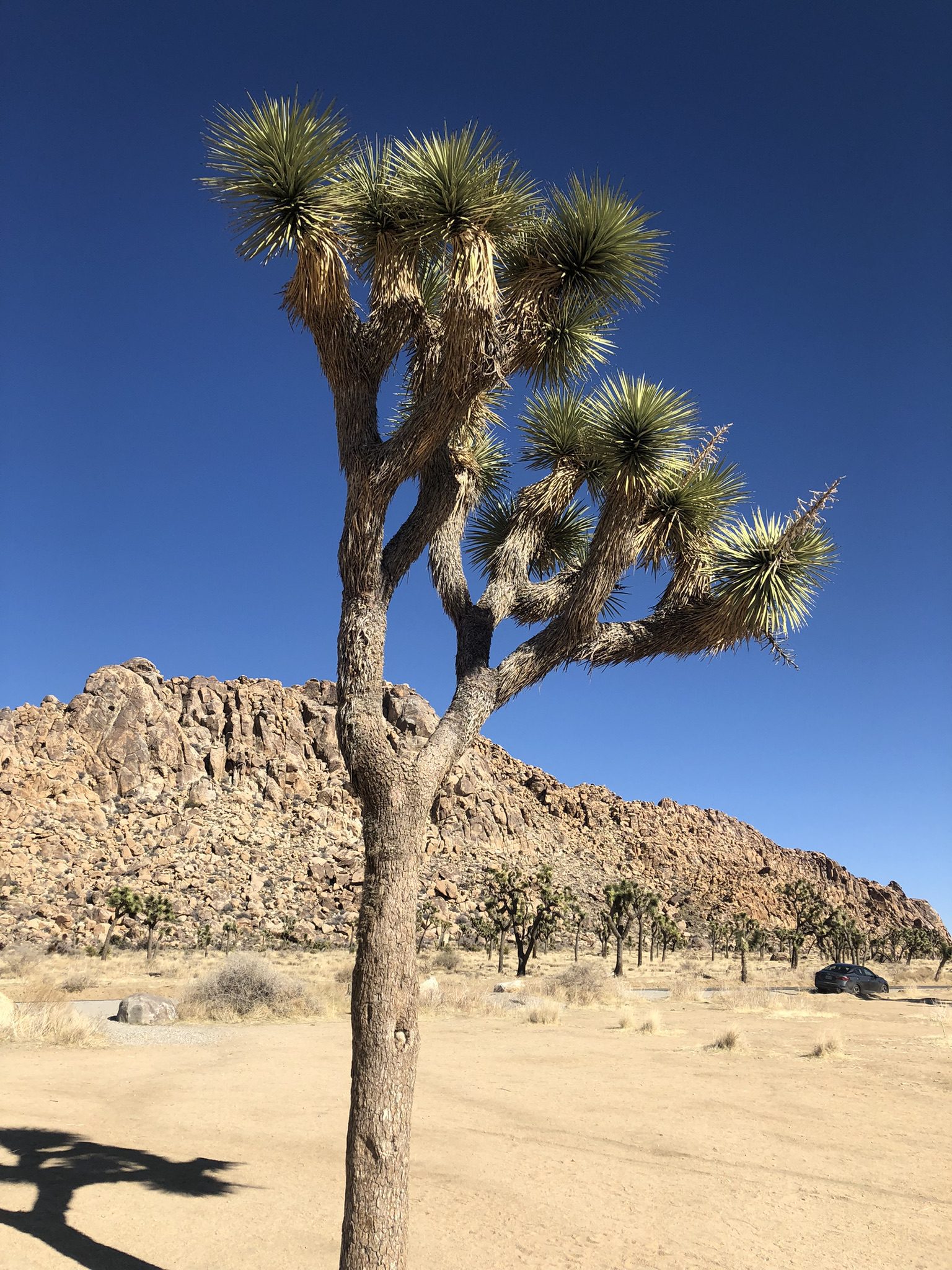
Getting There
How to Travel to Joshua Tree National Park
Traveling to Joshua Tree National Park is relatively easy, with multiple access points and options depending on your starting location. The park is located in southern California, about 140 miles east of Los Angeles and 175 miles northeast of San Diego. For those flying in, the closest airport is Palm Springs International Airport, which is just 45 minutes from the park’s entrances. Larger airports in Los Angeles or San Diego offer more flight options but require a longer drive. Renting a car is essential, as public transportation to and within the park is limited, and a personal vehicle provides the flexibility to explore the park’s vast terrain.
Joshua Tree National Park has three primary entrances: the West Entrance near the town of Joshua Tree, the North Entrance in Twentynine Palms, and the South Entrance near Cottonwood Spring, accessible from Interstate 10. The West and North entrances are the most popular, offering easy access to many iconic attractions such as Hidden Valley, Skull Rock, and Keys View. Driving through the park is a scenic experience, with well-maintained roads connecting major sites and trailheads. Be sure to plan your route in advance, as the park spans over 1,200 square miles, and cell service can be spotty in remote areas.
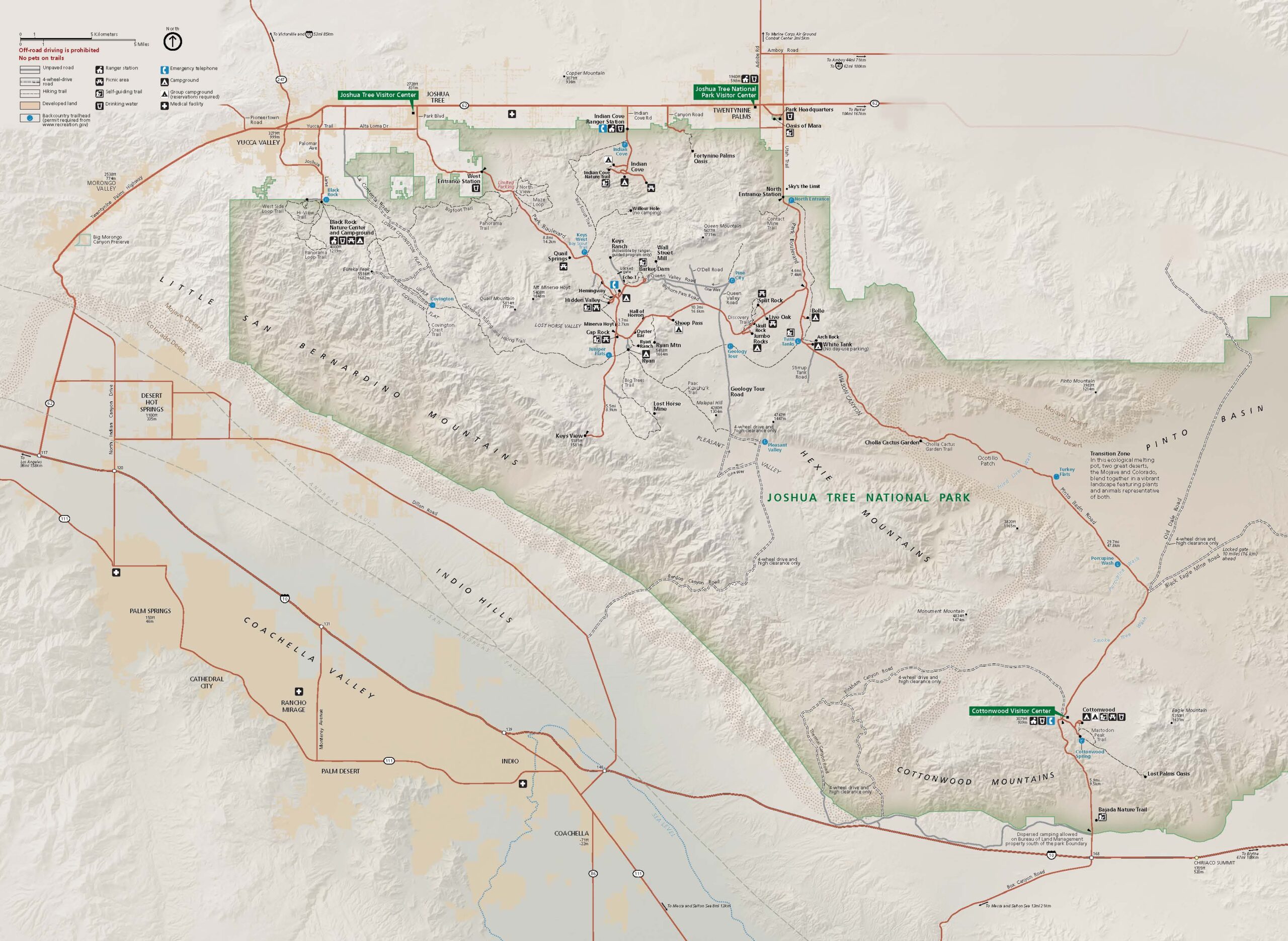
Campsites
Joshua Tree National Park offers a variety of campgrounds, each with its own unique features and characteristics. Here are some details about the campgrounds in Joshua Tree.
Hidden Valley Campground
- Location: Central park area
- Sites: 44 (first-come, first-served)
- Features: Pit toilets; no potable water
- Highlights: Surrounded by rock formations; popular with climbers
- RV Info: Small RVs and tents only; no hookups
Jumbo Rocks Campground
- Location: Central area of the park
- Sites: 124
- Features: Pit toilets; no potable water
- Highlights: Iconic boulder formations; stargazing and photography opportunities
- RV Info: Medium to large RVs accommodated; no hookups
Black Rock Campground
- Location: Northwest corner near Yucca Valley
- Sites: 99
- Features: Potable water, flush toilets, and fire rings
- Highlights: Proximity to hiking trails like High View Nature Trail; good for stargazing
- RV Info: Suitable for RVs; no hookups
Indian Cove Campground
- Location: Between Joshua Tree and Twentynine Palms
- Sites: 101
- Features: Pit toilets; no potable water (bring your own)
- Highlights: Surrounded by rock formations; popular for rock climbing
- RV Info: Maximum combined RV/trailer length of 25 feet; no hookups
Ryan Campground
- Location: Near Ryan Mountain Trailhead
- Sites: 31
- Features: Pit toilets; no potable water
- Highlights: Close to popular hiking trails; good for tents and small RVs
- RV Info: No hookups
White Tank Campground
- Location: Eastern side of the park
- Sites: 15
- Features: Pit toilets; no potable water
- Highlights: Famous for stargazing and quiet environment
- RV Info: Small RVs and tents only; no hookups
Cottonwood Campground
- Location: Near the south entrance
- Sites: 62
- Features: Potable water, flush toilets, and fire rings
- Highlights: Spring wildflowers, easy access to trails like Cottonwood Spring
- RV Info: Suitable for RVs; no hookups
Belle Campground
- Location: Near the park’s eastern entrance
- Sites: 18
- Features: Pit toilets; no potable water
- Highlights: Secluded and great for stargazing
- RV Info: Small RVs and tents only; no hookups
Sheep Pass Group Campground
- Location: Central park area
- Sites: 6 group-only sites (10-60 people per site)
- Features: Pit toilets; no potable water
- Highlights: Designed for groups and accessible to nearby trails
- RV Info: Tents only; reservations required
Joshua Tree Lake RV & Campground
- Location: Outside the park, north of Joshua Tree village
- Features: Full RV hookups, hot showers, a lake, and various amenities, ideal for families
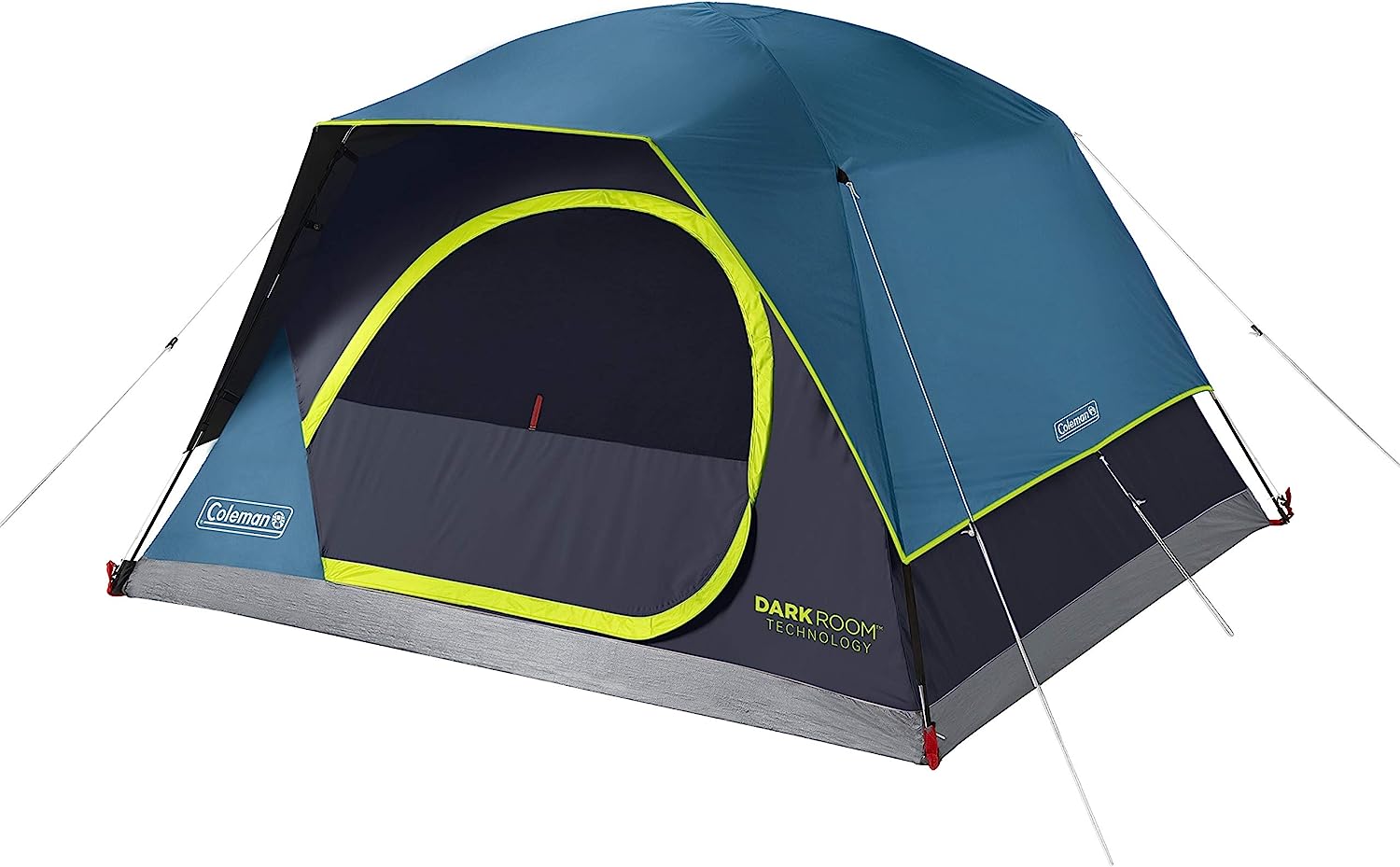

Popular Hiking Trails
Hidden Valley Trail
- Distance: 1 mile loop
- Difficulty: Easy
- Highlights: Scenic rock formations, perfect for a short hike or rock climbing.
Barker Dam Trail
- Distance: 1.1 miles loop
- Difficulty: Easy
- Highlights: Historic dam, seasonal water, rock art, and wildlife viewing.
Ryan Mountain Trail
- Distance: 3 miles round trip
- Difficulty: Moderate
- Highlights: Panoramic views of the park from the 5,457-foot summit, a popular sunrise and sunset hike.
Keys View Trail
- Distance: 0.25 miles (short paved path)
- Difficulty: Easy
- Highlights: Spectacular views of the Coachella Valley, Salton Sea, and San Andreas Fault.
Wall Street Mill Trail
- Distance: 2.4 miles round trip
- Difficulty: Easy
- Highlights: Historic mill site and artifacts, scenic desert hike with Joshua trees and rock formations.
Lost Horse Mine Trail
- Distance: 4 miles round trip (optional 6.7-mile loop)
- Difficulty: Moderate
- Highlights: Historic mine site, scenic views, and desert plants.
49 Palms Oasis Trail
- Distance: 3 miles round trip
- Difficulty: Moderate
- Highlights: Hike through desert terrain to a natural oasis with palm trees and water, good for wildlife spotting.
Skull Rock Nature Trail
- Distance: 1.7 miles round trip
- Difficulty: Easy
- Highlights: Famous rock formation resembling a skull, fun boulder scrambling along the trail.
Cholla Cactus Garden Trail
- Distance: 0.25 miles loop
- Difficulty: Easy
- Highlights: A short stroll through a dense concentration of cholla cacti, great for photography.
Mastodon Peak Loop
- Distance: 3 miles loop
- Difficulty: Moderate
- Highlights: Views of Eagle Mountains, abandoned mines, and desert landscapes.
Arch Rock Nature Trail
- Distance: 1.4 miles round trip
- Difficulty: Easy
- Highlights: Beautiful arch-shaped rock formation and fun bouldering opportunities.
Boy Scout Trail
- Distance: 8 miles one way (can be done as an out-and-back or through-hike)
- Difficulty: Moderate to strenuous
- Highlights: Varied terrain, from Joshua tree forests to canyon landscapes, great for backpacking.
Willow Hole Trail
- Distance: 7 miles round trip
- Difficulty: Moderate
- Highlights: Walk through the Wonderland of Rocks and arrive at a hidden oasis surrounded by willows and seasonal water.
Warren Peak Trail
- Distance: 6 miles round trip
- Difficulty: Moderate
- Highlights: Panoramic views from the summit, relatively less crowded, good for solitude.
Hiking Trails in Joshua Tree National Park
Joshua Tree National Park offers a variety of hiking experiences for all levels, from short, easy walks to more challenging backcountry adventures. The park is known for its iconic Joshua trees, rugged rock formations, and stunning desert landscapes, making it a hiker’s paradise. Popular trails like the Hidden Valley Trail offer a relatively short and easy loop, giving visitors a chance to experience the park’s unique flora and fauna while exploring the striking rock formations that are a hallmark of the park. For those looking for a longer, more rewarding hike, the Ryan Mountain Trail provides a moderate-to-strenuous challenge, rewarding hikers with panoramic views of the entire park at its summit.
In addition to the more well-known trails, Joshua Tree National Park offers many opportunities for backcountry hiking, where visitors can immerse themselves in the park’s remote wilderness. Trails such as the Wonderland of Rocks or the longer Lost Palms Oasis Trail take hikers deeper into the desert, offering solitude and an authentic desert experience. The park’s diverse terrain includes dry washes, rocky slopes, and narrow canyons, all providing unique challenges and spectacular scenery. While these backcountry routes can be more difficult to navigate, they also allow hikers to witness the park’s quieter side, where wildlife sightings and breathtaking vistas await.
Wildlife at the Park
Joshua Tree National Park is home to a diverse range of wildlife, adapted to survive in the harsh desert environment. The park’s arid climate, rocky terrain, and varied elevations create habitats for an array of animals, from small desert rodents to large mammals. Visitors can often spot black-tailed jackrabbits, desert cottontail rabbits, and various species of rodents like ground squirrels and kangaroo rats. These creatures are well-suited to the dry conditions, with many being nocturnal to avoid the intense daytime heat. The park is also home to a variety of reptiles, including the desert tortoise, sidewinder rattlesnakes, and several species of lizards like the western fence lizard.
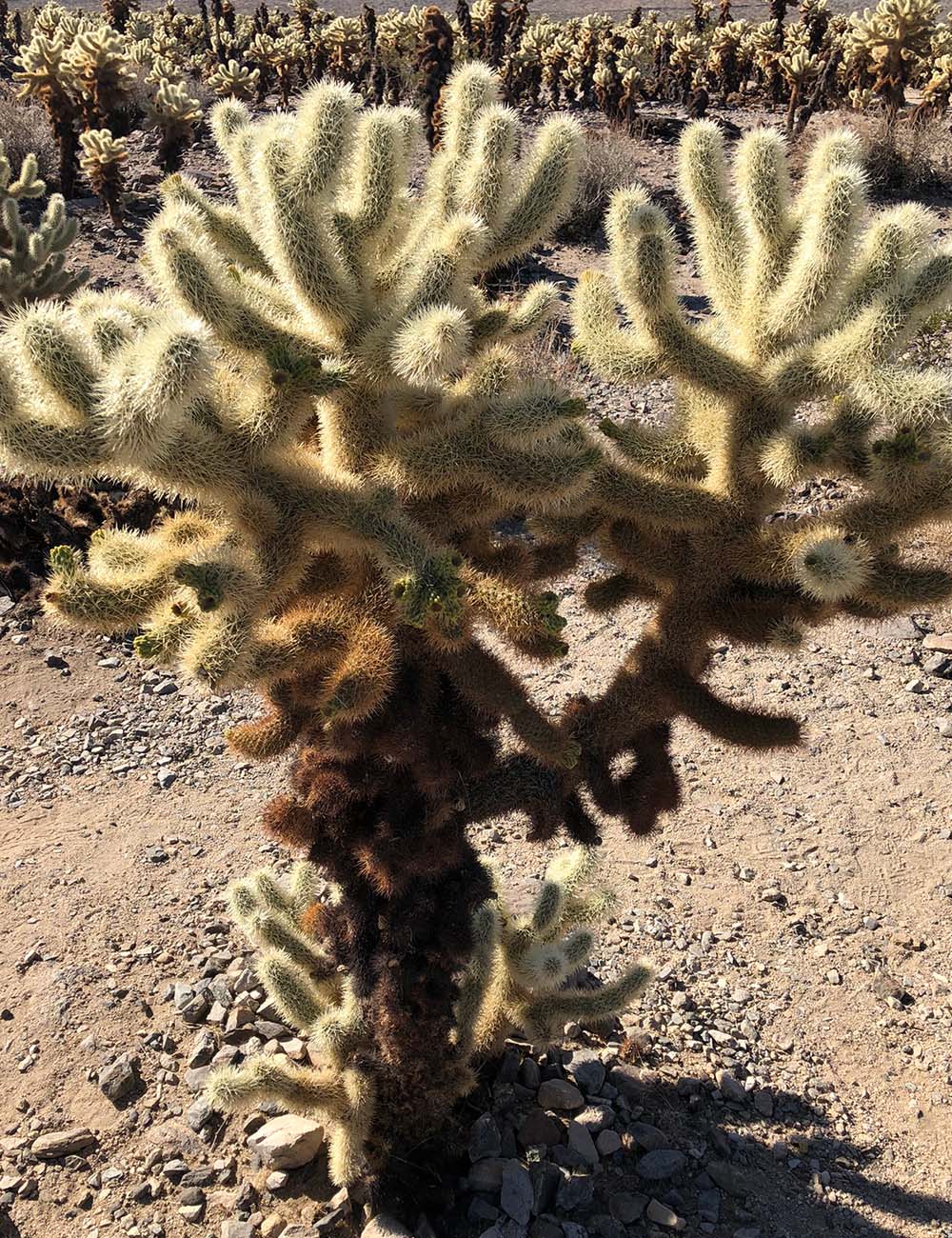
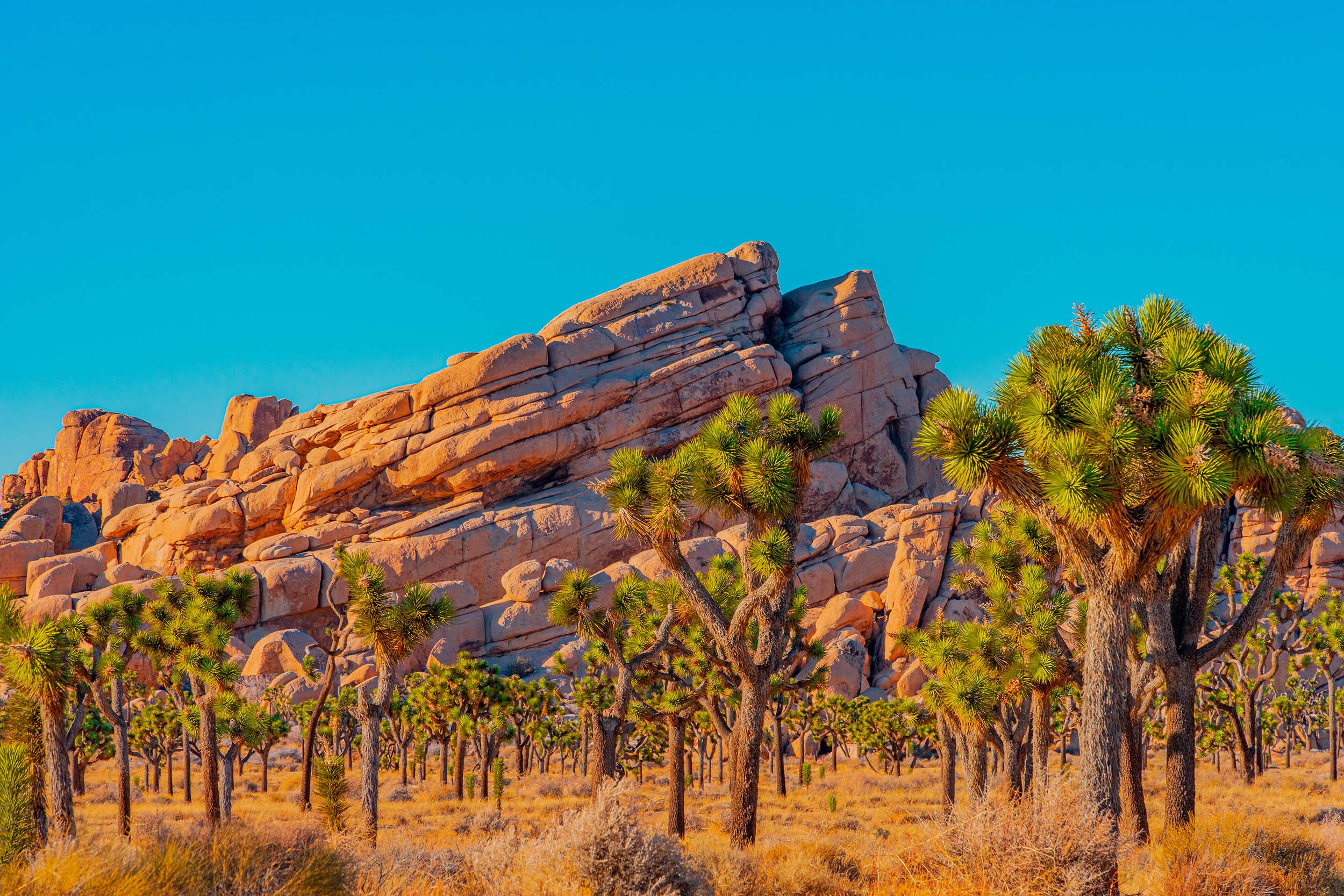
Birdwatchers will find Joshua Tree a paradise, as the park is home to over 250 species of birds. In the spring and fall, migratory birds pass through, making it an excellent time for bird watching. Common species include the desert rock wren, western bluebird, and red-tailed hawk. The park is also known for its resident birds of prey, such as the golden eagle and the American kestrel. These raptors can be seen soaring high above the desert landscape, hunting for small mammals or reptiles. The presence of numerous bird species is a testament to the varied ecosystems within the park, from the low desert floor to the higher elevations.
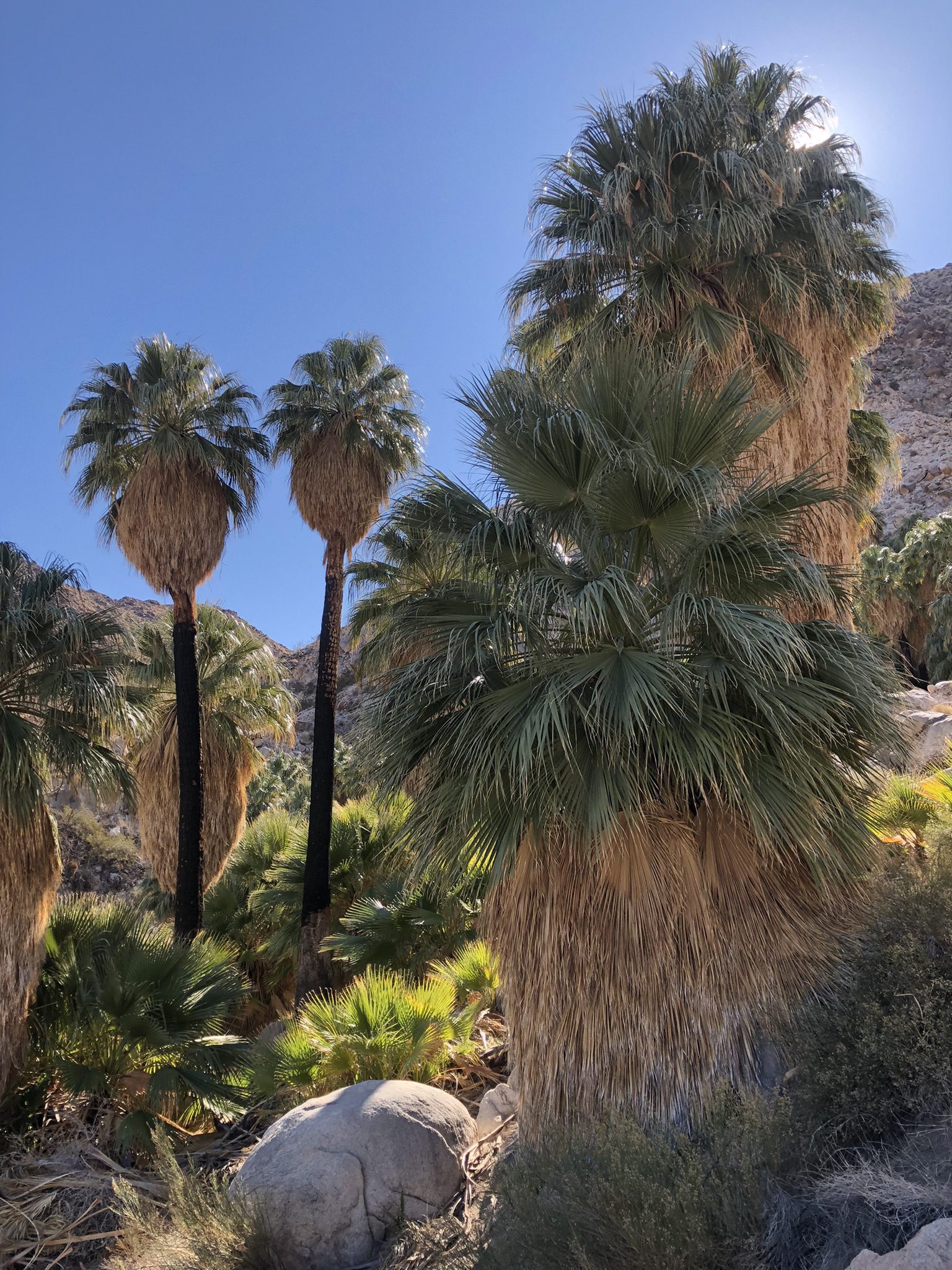
Gear We Used


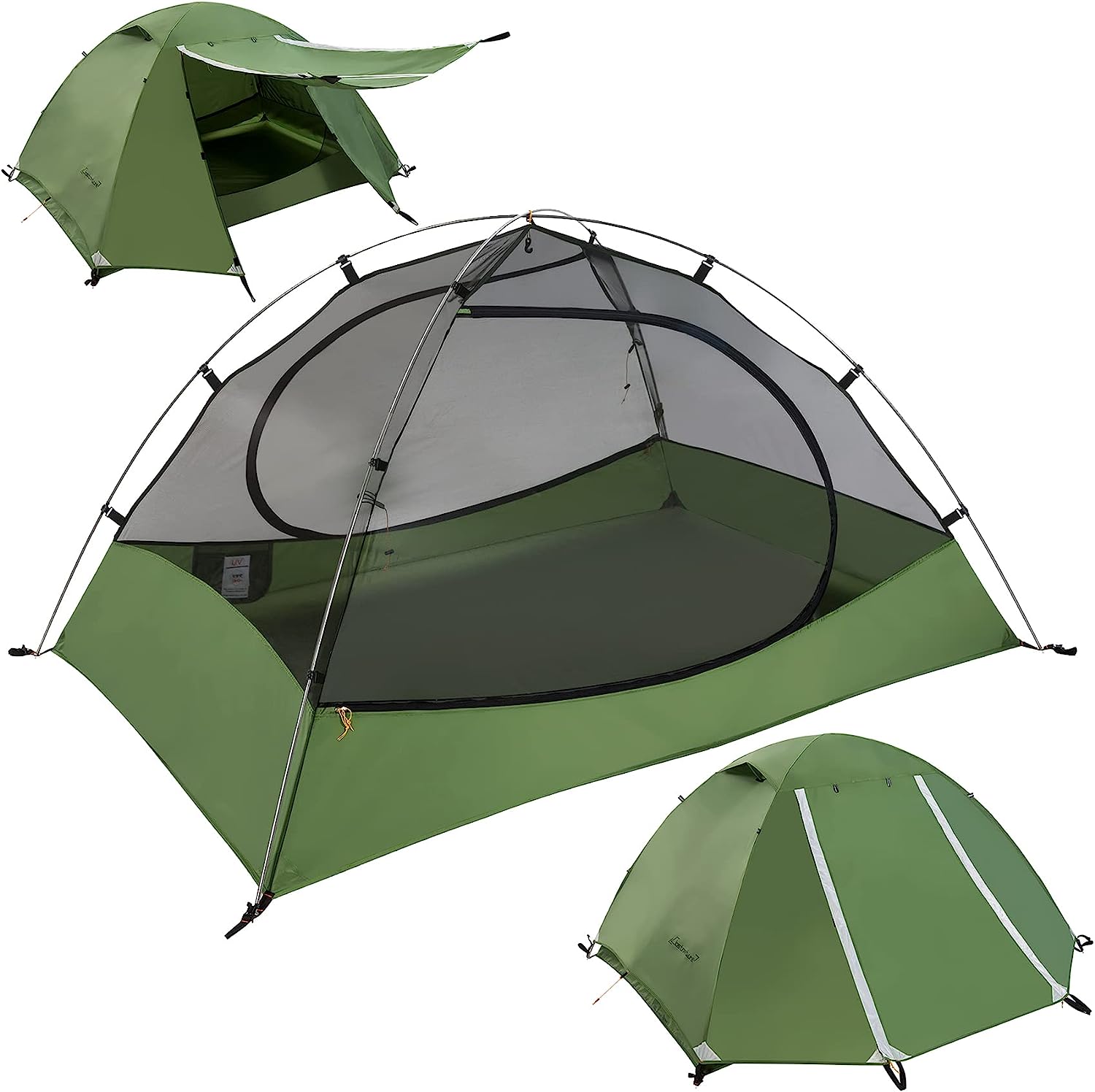
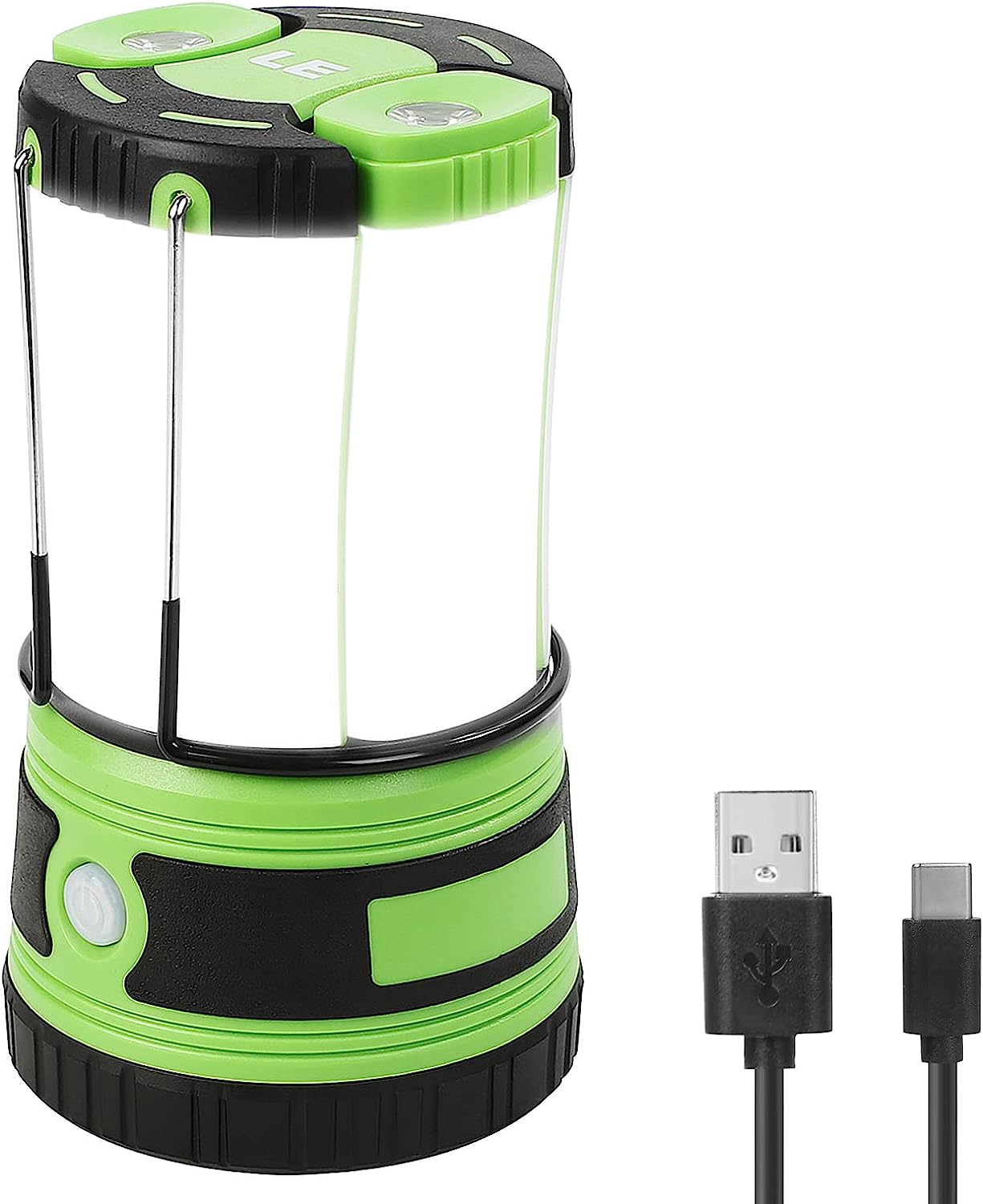
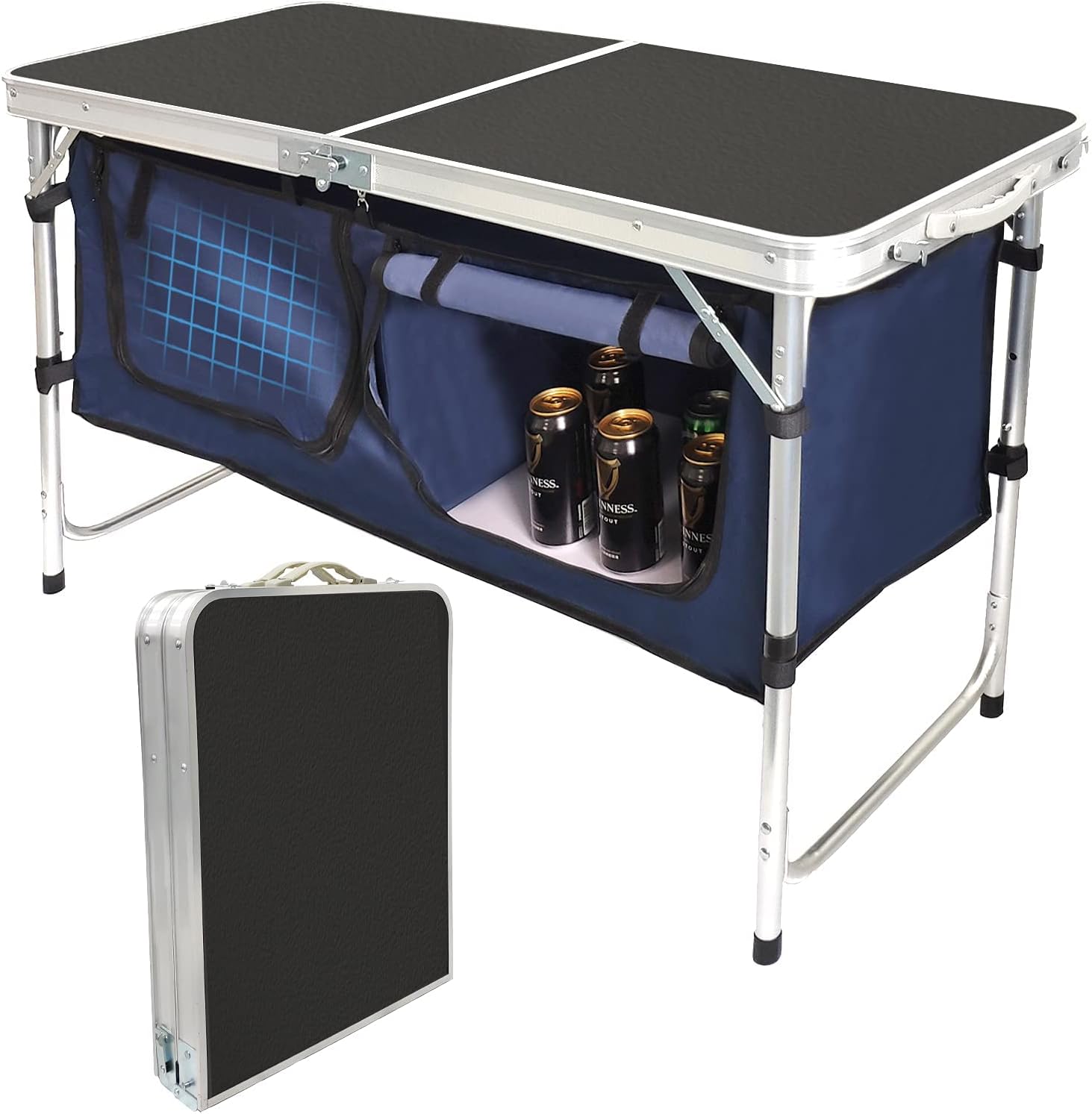
Must Do’s
Cholla Cactus Garden
Walk among the unique Cholla cacti in this serene desert garden. Be cautious, as these cacti have a reputation for their sharp spines. Overall, a visit to the Cholla Cactus Garden offers a memorable opportunity to immerse yourself in the unique desert environment of Joshua Tree National Park and witness the remarkable beauty of the cholla cactus up close. The Cholla Cactus Garden features a dense concentration of cholla cacti spread across a relatively flat expanse of desert terrain.
Visit the Oasis
Barker Dam and 49 Palms Oasis are two spots where you can find unexpected pockets of lush vegetation and wildlife in the desert. The oasis is characterized by a dense grove of California fan palms (Washingtonia filifera) towering over a small desert stream. These palms provide shade and create a cool, verdant environment that feels like an oasis in the desert.
Stargazing
The park’s remote location and clear desert skies make it an excellent spot for stargazing. On a clear night, you can see a breathtaking view of the Milky Way. Joshua Tree National Park is designated as a Dark Sky Park by the International Dark-Sky Association, recognizing its efforts to preserve and protect the natural darkness of the night sky.
Rock Climbing
Joshua Tree is renowned for its world-class rock climbing opportunities. Whether you’re a beginner or an experienced climber, there are routes for every skill level. Overall, climbing in Joshua Tree National Park offers a unique and rewarding experience for climbers of all levels. Whether you’re a seasoned trad climber or a beginner looking to hone your skills, the park’s stunning scenery and challenging routes make it a must-visit destination.
Joshua Tree National Park History
Joshua Tree National Park has a rich and fascinating history, shaped by both natural processes and human activity. The park’s landscape was formed millions of years ago by geological forces, including the collision of tectonic plates and volcanic eruptions, which gave rise to its striking rock formations and desert terrain. The iconic Joshua trees that give the park its name are believed to have first appeared in the area around 2 million years ago. These unique trees, with their spiky leaves and towering branches, became a symbol of the Mojave Desert and play a significant role in the ecosystem. Over thousands of years, the desert environment evolved, supporting a variety of plant and animal life perfectly adapted to its harsh conditions.
Long before the establishment of the park, the area was home to several Native American tribes, including the Cahuilla, Serrano, and Chemehuevi. These indigenous peoples lived in the region for thousands of years, utilizing the desert’s resources for food, shelter, and tools. The area’s diverse landscape provided the tribes with access to a variety of plants and animals, which were essential for their survival. Evidence of their presence can still be found throughout the park in the form of rock art, artifacts, and ancient campgrounds. The Cahuilla, for example, used the region’s natural springs to sustain their communities and also created rock paintings that still adorn the park’s canyon walls today.

